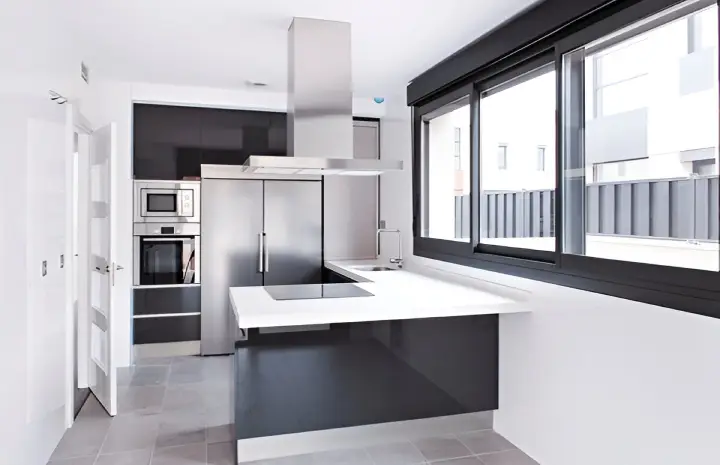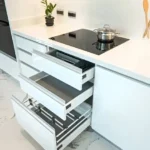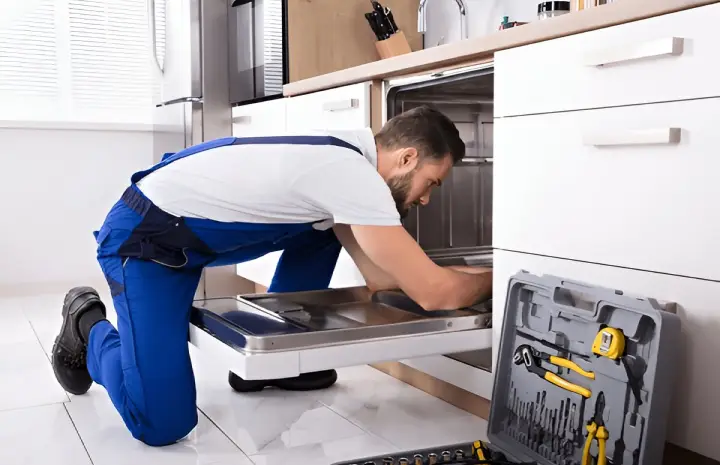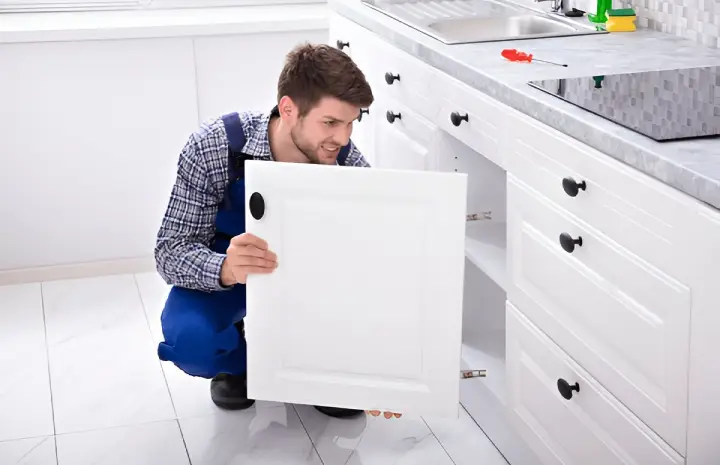Expert Tips for Making and Installing Aluminum Kitchen Cabinets
Aluminum kitchen cabinets are gaining popularity due to their durability, sleek design, and resistance to moisture and rust. Unlike traditional wooden cabinets, aluminum offers a modern, low-maintenance alternative perfect for contemporary kitchens. If you’re considering aluminium kitchen cabinets installation, this guide provides expert tips on fabrication, design, and setup to ensure a flawless finish.
Why Choose Aluminum for Kitchen Cabinets?
Before diving into the making and installation process, let’s explore why aluminum is an excellent choice:
✔ Lightweight yet strong – Easy to handle without compromising durability.
✔ Waterproof & rust-resistant – Ideal for humid kitchen environments.
✔ Termite-proof & fire-resistant – Safer and longer-lasting than wood.
✔ Modern aesthetic – Sleek finishes like matte, glossy, or brushed metal.
✔ Eco-friendly – Recyclable and sustainable compared to wood.
Step 1: Design & Planning
1.1 Measure Your Kitchen Space
- Take precise measurements of walls, corners, and ceiling height.
- Account for appliances (oven, fridge, dishwasher) and plumbing.
- Use CAD software or sketch a layout for accuracy.
1.2 Choose the Right Aluminum Profile
- Frame Material: Opt for extruded aluminum for structural strength.
- Panel Options: Consider aluminum composite panels (ACP) or tempered glass inserts.
- Finish: Pick from powder-coated, anodized, or laminated finishes.
1.3 Decide on Cabinet Style
- Wall-mounted vs. floor-standing – Wall cabinets save space, while base cabinets offer more storage.
- Open shelving vs. closed cabinets – Open designs suit modern kitchens; closed cabinets hide clutter.
- Handle-less vs. traditional handles – Push-to-open mechanisms offer a minimalist look.
Step 2: Fabrication & Assembly
2.1 Cutting & Shaping Aluminum Frames
- Use a metal-cutting saw for precise cuts.
- Deburr edges to prevent sharp corners.
- Pre-drill holes for screws to avoid metal warping.
2.2 Joining Aluminum Parts
- Riveting: Best for permanent joints.
- Screws & Brackets: Ideal for adjustable connections.
- Welding (for professionals): Provides seamless joints but requires expertise.
2.3 Installing Cabinet Panels
- For aluminum composite panels (ACP): Use adhesive and mechanical fasteners.
- For glass or acrylic inserts: Secure with rubber gaskets for a snug fit.
Step 3: Aluminium Kitchen Cabinets Installation
3.1 Pre-Installation Checks
- Ensure walls are plumb and level.
- Mark positions for wall studs (use a stud finder).
- Verify electrical and plumbing lines to avoid obstructions.
3.2 Installing Wall Cabinets First
- Locate studs and mark drilling points.
- Use a temporary support rail to hold cabinets in place.
- Secure with heavy-duty screws and check alignment with a level.
3.3 Setting Up Base Cabinets
- Place cabinets in position and shim for leveling.
- Connect adjacent cabinets using clamps and screws.
- Secure to the wall and floor for stability.
3.4 Adding Doors & Hardware
- Install soft-close hinges for noise-free operation.
- Align doors properly to prevent gaps.
- Attach handles or opt for push-to-open mechanisms.
3.5 Final Touches
- Apply silicone sealant to gaps for moisture protection.
- Install LED under-cabinet lighting for a modern touch.
- Test all doors and drawers for smooth operation.
Pro Tips for a Flawless Finish
✅ Use a laser level for perfect alignment.
✅ Pre-assemble cabinets before final installation.
✅ Opt for adjustable legs on base cabinets for easy leveling.
✅ Hire a professional for complex designs or large kitchens.
Maintenance Tips for Aluminum Cabinets
- Clean regularly with a damp cloth and mild detergent.
- Avoid abrasive cleaners to prevent scratches.
- Check and tighten screws annually to maintain stability.
Conclusion
Making and installing aluminum kitchen cabinets requires precision, but the result is a durable, stylish, and low-maintenance kitchen upgrade. By following these expert tips on aluminium kitchen cabinets installation, you can achieve a professional finish whether you’re a DIY enthusiast or hiring a contractor.




